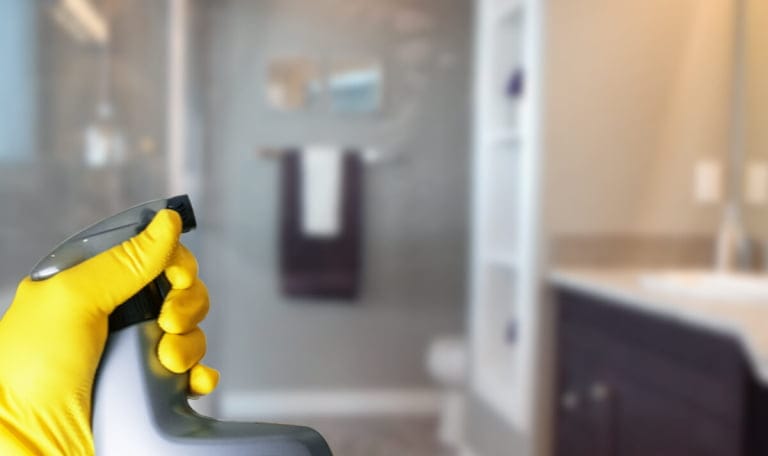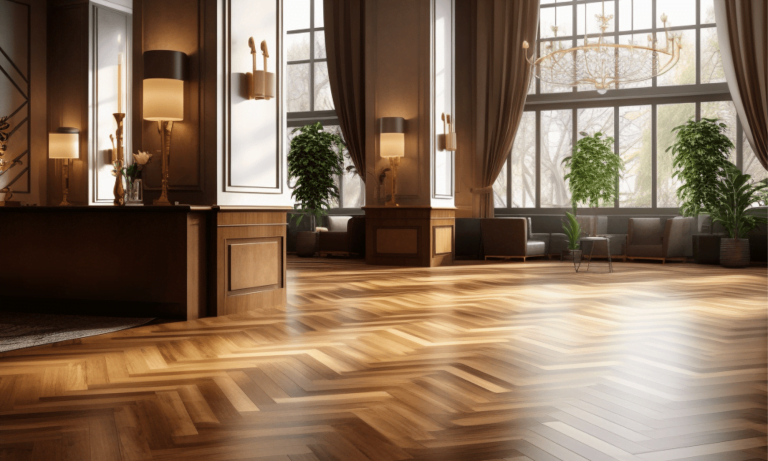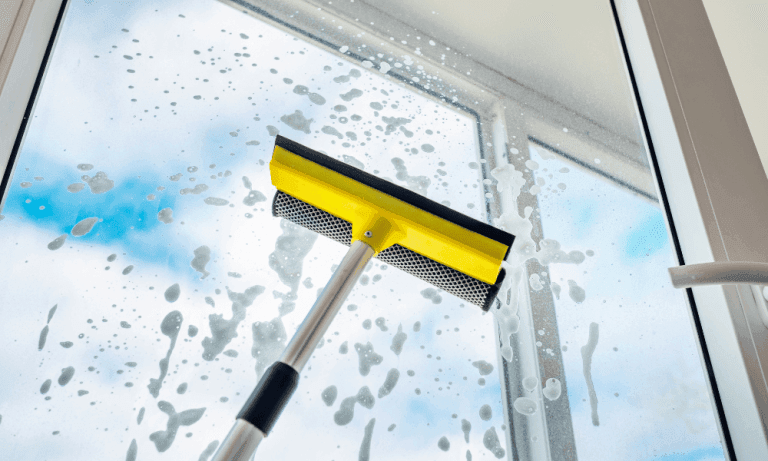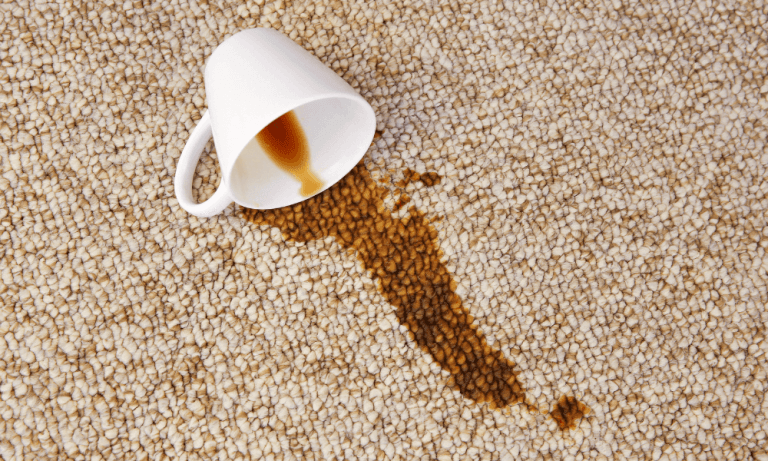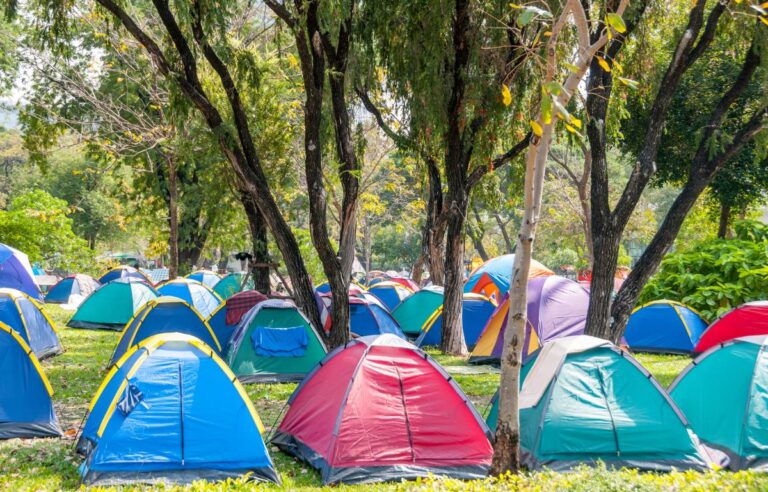The toilet is a place that should be kept particularly clean. However, it is not enough to just clean toilet surfaces. They are a habitat for bacteria, microorganisms and viruses that can contribute to the development of infections and diseases. Which areas in the toilet should be disinfected to minimize the risk of spreading infections? How to disinfect a toilet? We give you a hint!
Everyone uses the toilet. Therefore, everyone performing basic physiological and hygienic activities, touching the surface of the toilet seat, turning on the tap water or washing their hands, transfers germs and pathogens to these surfaces, exposing other toilet users. Maintaining basic hygiene rules and frequent cleaning of toilet surfaces is a must. How to start disinfecting the toilet ?
Step 1: Disinfect the sink area
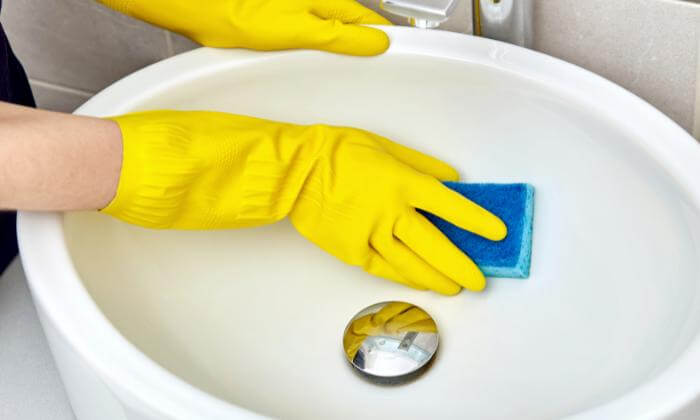
The first step in disinfecting the bathroom is to disinfect the sink. Why? The washbasin is the surface that is used most often in the toilet – washing hands, combing hair, performing facial hygiene activities such as shaving, or beautifying activities such as painting. This is enough to touch the surface of the washbasin or the area around it several, or even a dozen or several dozen times a day. How it’s working? All you have to do is touch the sink with your dirty hand and then wash your hands with water. What is washed from your hands settles on the walls of the sink. You can imagine a situation in which another toilet user coughs while applying toothpaste to his toothbrush without covering his mouth. For this reason, disinfecting the bathroom is very important!
Choosing the right disinfectant and cleaning preparation for cleaning the toilet
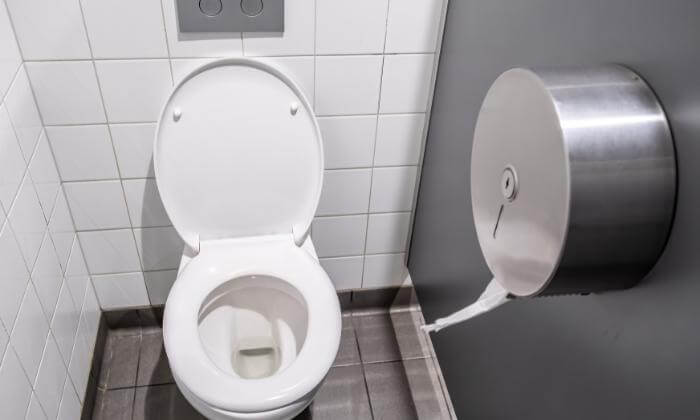
There are many possibilities of transmitting infection indirectly by contact, i.e. from person to object and then from object to person in the toilet. To reduce them, use a concentrated professional preparation and then Clinex DEZOFast disinfectant liquid. A handy bottle with a convenient sprayer allows you not to touch the dirty surface and keep a safe distance from the infected area. Put on protective gloves and thoroughly spray the washbasin tap and the entire surface of the washbasin with the preparation. If there is a mirror or a glass or waterproof shelf for cosmetics above the fittings, their surface must also be disinfected. Then you need to wait a few minutes for the product to work.
Clinex DEZOFast does not contain aldehydes. Effectively washes and disinfects dirt and even blood. It is worth letting it kill microorganisms and viruses, including coronaviruses, that are in the sprayed area. Then wipe the dampened area with a cloth. Soap, dust and dirt after using DEZOFast should easily come off the elements you wash. You can’t miss the soap dispenser or paper dispenser. Finally, wipe the entire sink area dry again with a clean cloth.
Step 2: Sanitize the toilet bowl and toilet seat area
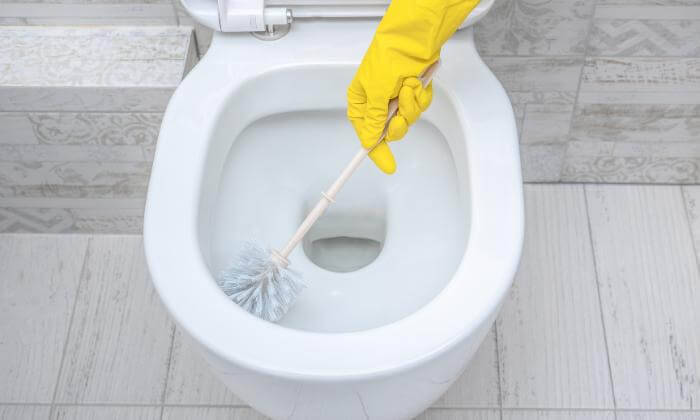
This area of the toilet requires special attention and should be disinfected frequently. Unfortunately, various types of microorganisms develop around toilets. Including bacteria from the group of staphylococci and streptococci, which are particularly dangerous to humans. E. coli or viruses that can cause infection, e.g. of the respiratory tract or digestive system. For this reason, disinfection of sanitary facilities is very important. Each touch of a toilet seat, flush, or toilet paper dispenser potentially leads to the transfer (from hand to surface and from surface to hand) of microorganisms and increases the risk of infection. To minimize the risk of bacteria and virus clusters developing in the bowl area, use Clinex DEZOFast. On March 6, 2020, the preparation received Permit No. 8010/20 from the Office for Registration of Medicinal Products, Medical Devices and Biocidal Products. It has excellent bactericidal and fungicidal properties, removes yeast, spores and viruses. It fights Clostridium difficile spores, which cause pseudomembranous enteritis, and deactivates coronaviruses.
Toilet disinfection – how to use a preparation for disinfecting a toilet bowl?
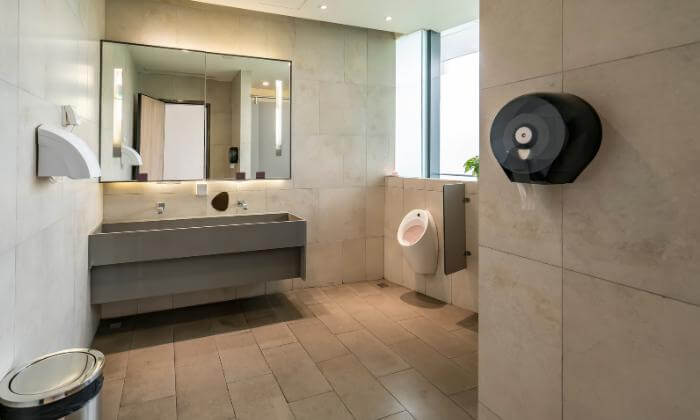
How to disinfect sanitary facilities? From a distance of several centimeters, spray the preparation on the toilet seat, the external and internal surfaces of the toilet bowl, as well as the flush area. Then you have to wait a quarter of an hour. In this way, DEZOFast will disinfect the entire area. Then moisten a cloth with disinfectant liquid and wipe the area around the toilet paper dispenser and the dispenser itself. In the next step, wipe the cistern with a cloth. Next – the surface of the toilet seat, the outside of the toilet bowl and finally – scrub the inside of the toilet with a toilet brush. Maintaining the correct order of activities is extremely important. In the last step, clean the area that is most contaminated with microorganisms. The cloth used to clean this area of the bathroom cannot be used to clean other places, so as not to spread the microorganisms that have settled on the cloth. This is the only way to effectively disinfect sanitary facilities!
Step 3: Washing the walls in the toilet
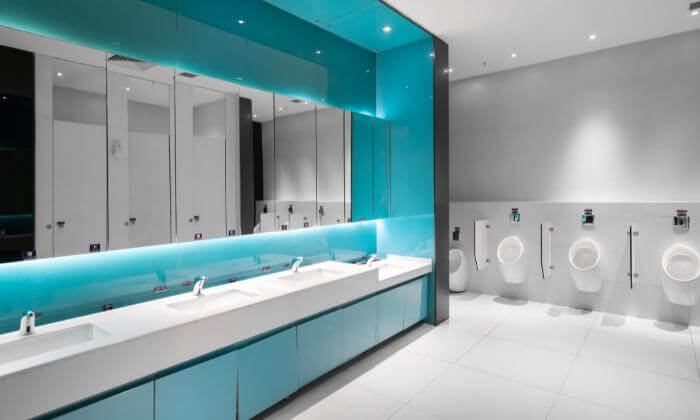
The toilet is a room that is particularly vulnerable to the development of bacteria and viruses. Why? Firstly, it is humid and warm, and these are conditions that favor the viability of fungi and microorganisms. Often, at least several users use the same toilet. If the toilet seat is not lowered, when you flush the toilet bowl, the bacteria and viruses inside it mix with the water and are sprayed into the room. This is the reason why when cleaning the toilet, we should not forget about the walls. If they are covered with glaze, clean each wall with a microfiber cloth moistened with DEZOFast. This way we will get rid not only of dirt, but also of impurities that have settled on the tile coating. Don’t forget to thoroughly wipe and disinfect switches, areas around electrical contacts and wall towel racks, as well as doors and, above all, door handles!
It is important that by spraying Clinex DEZOFast, the air in the toilet is cleansed of microorganisms. The droplets of the sprayed preparation mix with floating dirt particles and fall to the floor.
[clinex_products ktm=”77-014″]
Step 4: Disinfection of the toilet floor
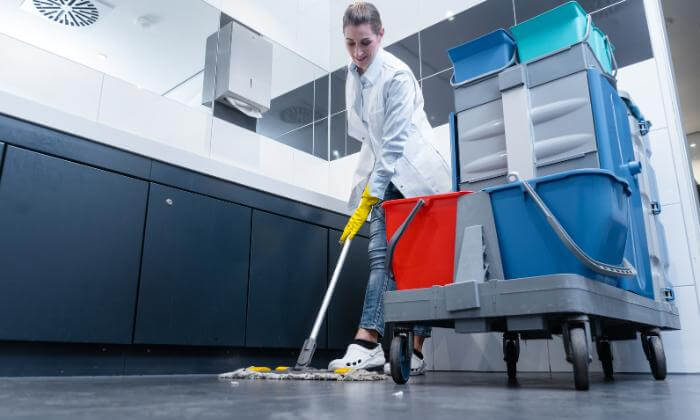
The next step in disinfecting the bathroom is to take care of the floor. Washing and disinfecting the toilet floor is a must. This is where the pollutants that did not stay on our hands and those that exploded out while flushing the toilet bowl fall on it. If the toilet floor is covered with a waterproof coating (tiles, PVC tiles, gumolite), we will effectively clean and disinfect it with DEZOFast. Why is it worth using? The preparation has a broad spectrum of action against bacteria, yeasts, viruses and spores. It is certified by the Office for Registration of Medicinal Products, Medical Devices and Biocidal Products (no. 8010/20). It means that:
- is safe for humans,
- washes away dirt,
- will kill microorganisms and coronaviruses.
Spray the entire floor surface with DEZOFast and wipe it with a cloth after a few minutes.
We hope that our guide will help you properly disinfect your bathroom. A toilet is a room through which a large number of people pass. For this reason, disinfection of sanitary facilities should be carried out appropriately!
See also:


